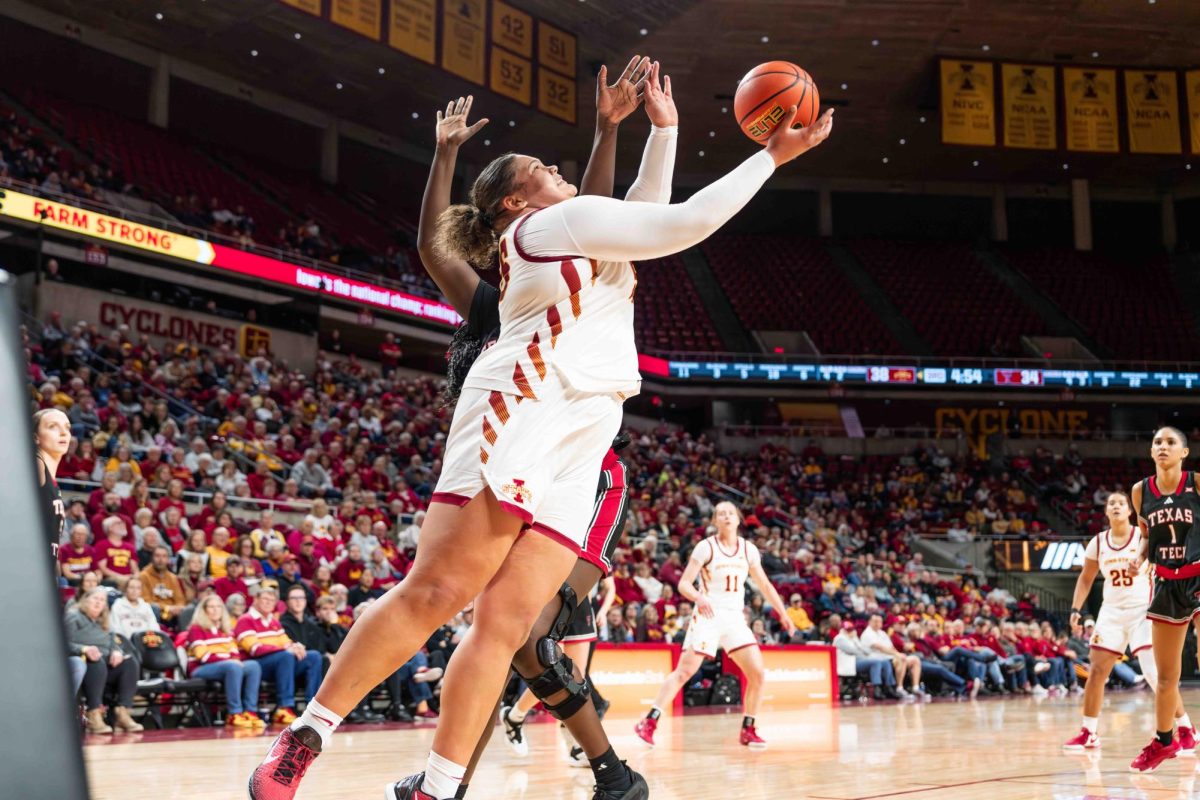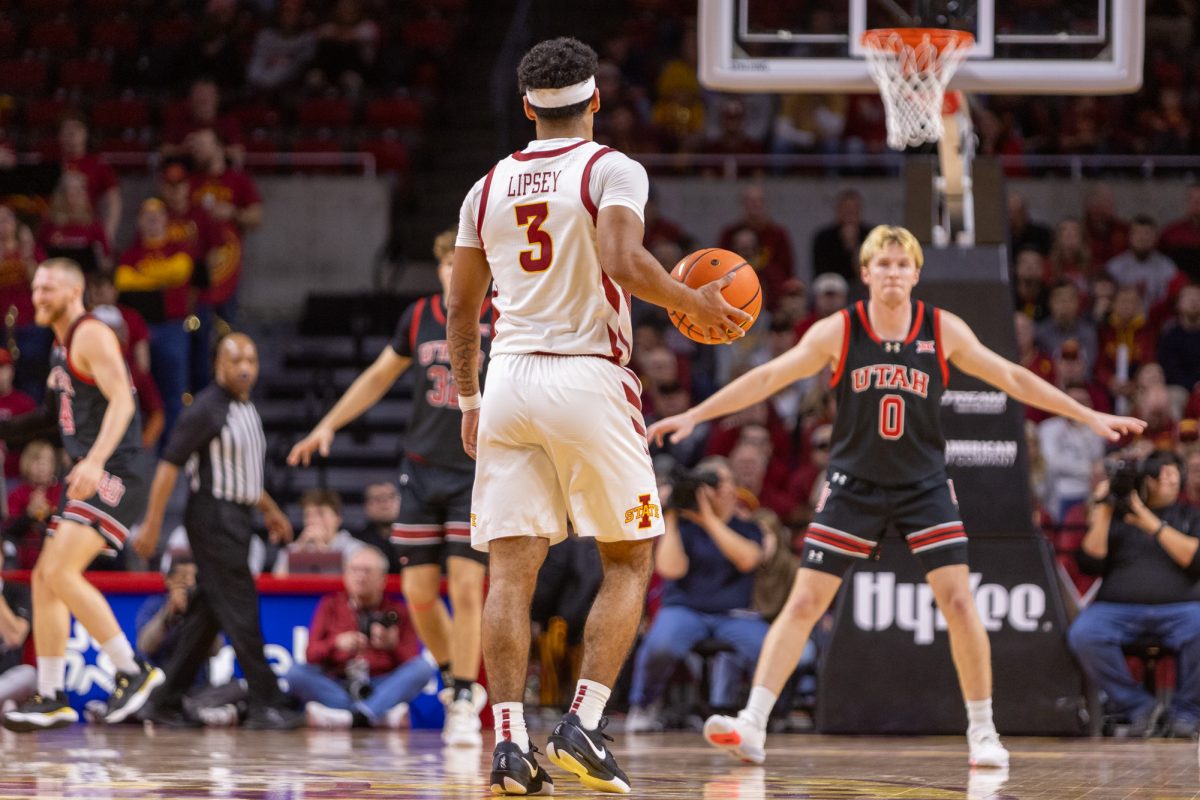Iowa State students battle the cold to stay in shape
February 5, 2003
Ames’ recent frigid temperatures have sent most ISU students inside to run and exercise, but not all.
The chill can’t scare students like Josh Bottorff away.
Bottorff, graduate student in health and human performance, said if the proper precautions are taken, avid runners can be comfortable and safe running outdoors in almost any temperature.
“Running in repetitive circles in a building kills your will to exercise,” he said.
Bottorff said the Lied Recreation Center can get overcrowded in the winter months, which is a turnoff for some runners.
He said the solution to running laps is to stick with the outdoors regardless of what the elements dish out.
Sensibility and good judgment should be used when battling wind, snow or rain, he said.
Bottorff said he suits up in multiple layers to trap heat and keep away moisture as he runs. The first layer he wears is made of dri-fit material to lift sweat away from his body. Many runners also choose to wear running tights under their outer pants to keep their legs warm, he said.
Greg Welk, assistant professor of health and human performance and adviser to the ISU Running Club, said runners can increase their winter safety by planning a route before beginning a run.
“[I advise runners to] run against the wind in the beginning, so it is at your back when you return,” he said.
Welk said this tactic will prevent sweat from freezing during a long run.
Fifty percent of a person’s body heat is lost through their head, he said.
“[Runners should] always wear a hat, even when you think it is isn’t cold,” Welk said. “It will help to regulate the body temperature.”
Frostbite is a potential consequence for runners who aren’t bundled up appropriately, said Marc Shulman, staff physician at the Thielen Student Health Center.
Runners can prevent frostbite by covering exposed areas and running in shorter bouts, he said.
Shulman also recommends runners drink plenty of water, even in cold temperatures, and avoid substances that contain alcohol or caffeine.
Shulman said some ISU students may have to surrender to climate-controlled, inside locations.
Cold air is often a trigger for asthma, he said. Shulman said asthmatics should try swimming, cycling and running indoors instead of running outside.






